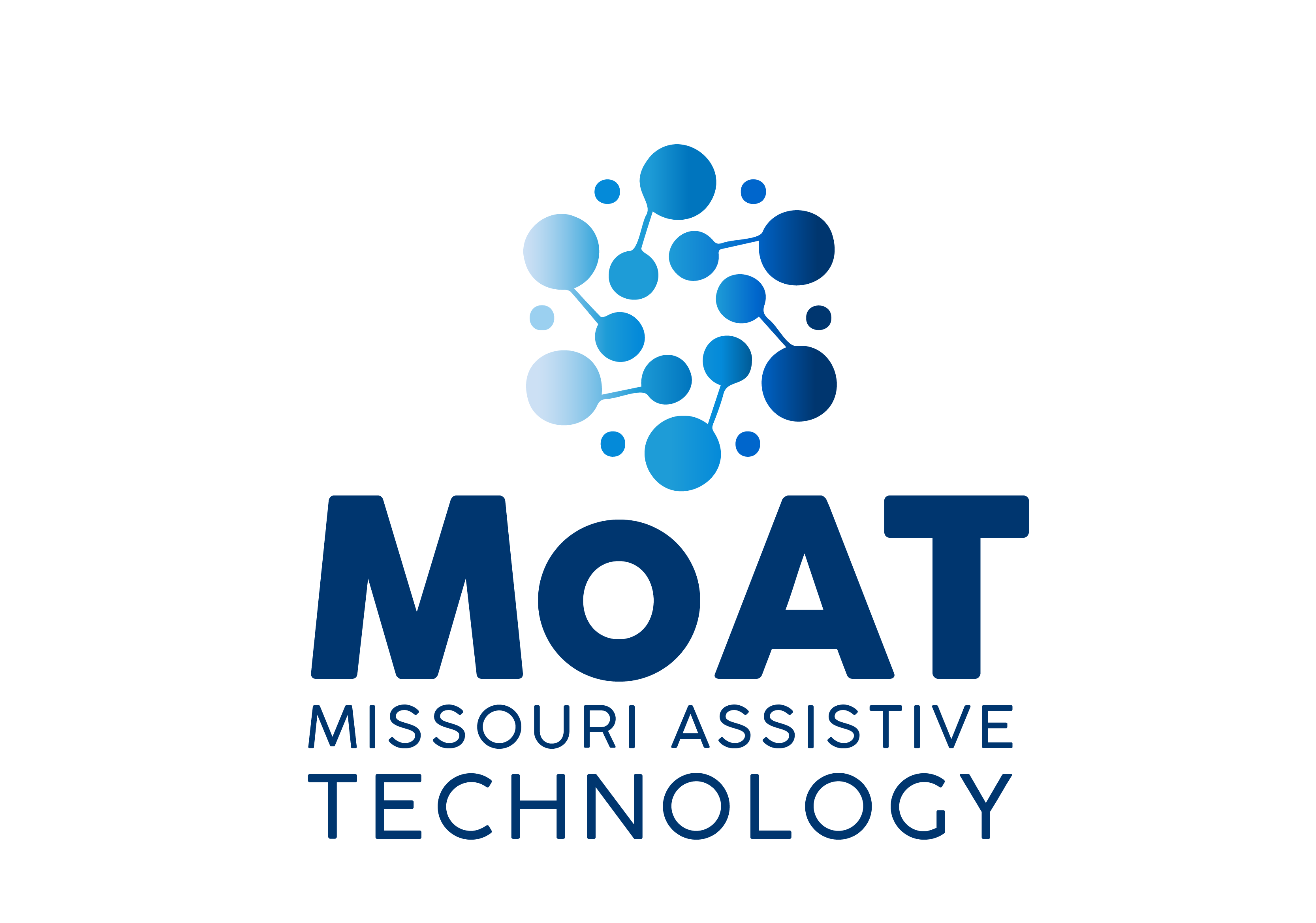Images need to provide alternative text (also referred to as “alt text”) for accessibility. Alternative text is a textual substitute for non-text content.
Image Alternative Text Serves Several Functions:
- Screen readers announce alternative text in place of images, helping users with visual or certain cognitive disabilities perceive the content and function of the images.
- If an image fails to load or the user has blocked images, the browser will present the alternative text visually in place of the image.
- Search engines use alternative text and factor it into their assessment of the page purpose and content.
Images Can Enhance Comprehension
- It’s easy to assume that images are bad for accessibility, since alt text essentially replaces images with text for users that cannot perceive images.
- The logical extension of that thought is that text-only sites are ideal for accessibility.
- However, that logic is flawed—many people can greatly benefit from images while screen reader users are presented with a “text-only” version through appropriate alternative text.
Visit the ICT accessibility training page for information on Images/Video/E-learning training and Data Visualizations/Map
training.

